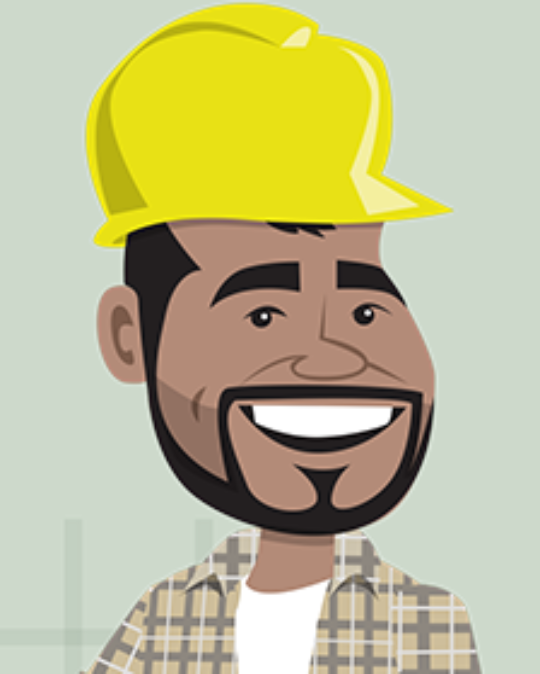
Tane
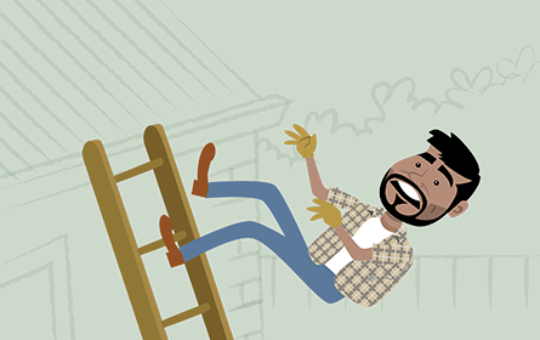
Tane falls from a ladder at home and injures his back. After his fall, he is unable to manage his job and needs to take time off work.
Tane begins a physiotherapy programme.
Tane later attempts to return to work but finds his back and leg pain flares up each time he does manual labour. Tane ends up off work again.
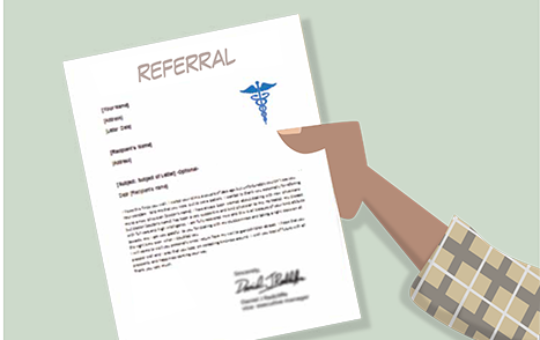
Tane’s GP recommends he sees Dr Scott-Young and gives him a specialist referral.
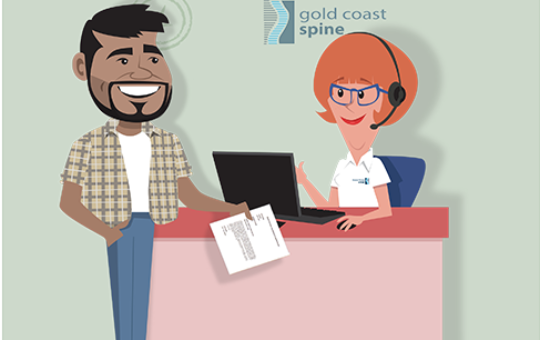
Tane visits Gold Coast Spine to enquire about an appointment. He completes some forms about his symptoms. Tane describes his back pain as 80/100 and his left leg pain as 80/100 on a scale of zero to 100.
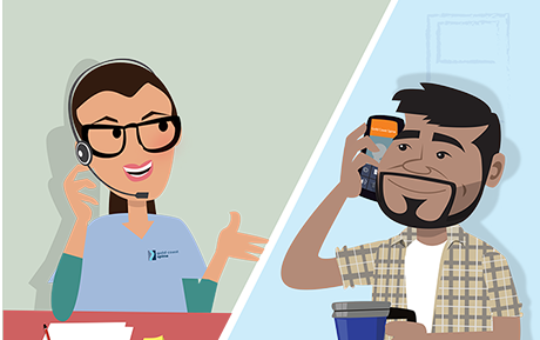
Gold Coast Spine’s nurse calls Tane to conduct a Nurse Health Check, taking a detailed history relevant to his spine health.
Dr Scott-Young then reviews all of Tane’s information and an appointment is booked.

On the day of his appointment with Dr Scott-Young, the nurse checks in again with Tane, taking his measurements and updating any information since the Nurse Health Check.
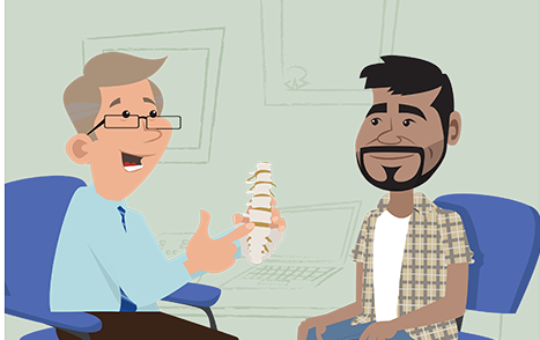
Tane then attends his first appointment with Dr Scott-Young. Dr Scott-Young listens to the history of his condition and the workplace injury, examines Tane and reviews his radiology. Dr Scott-Young discusses his thoughts about Tane’s symptoms. He explains that Tane will need to have a couple of tests done so he can give him a diagnosis and recommend appropriate treatment.
Tane is referred for an MRI scan and EMG.
Dr Scott-Young writes to Tane’s GP and also to his physiotherapist. Tane is encouraged to keep working with his physio and on his general fitness. Each time Dr Scott-Young reviews Tane, he updates his GP in writing.

Gold Coast Spine also supports Tane with his Income Protection Insurance claim.
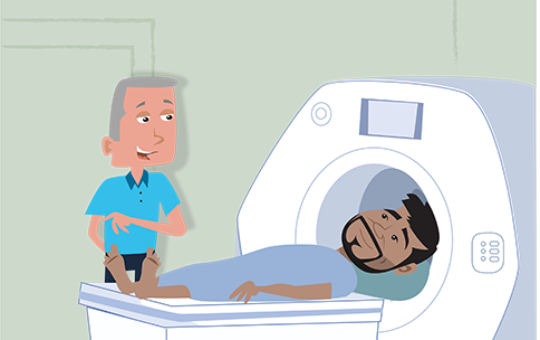
Tane has the MRI scan and EMG done before his next appointment with his surgeon.
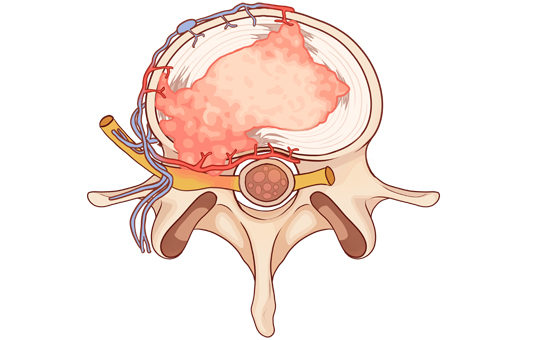
Tane sees Dr Scott-Young with the MRI scan and EMG results. He shows Tane that the L5-S1 disc has collapsed. He also has a large L5-S1 disc prolapse that is compressing the left S1 nerve root. The EMG shows L5 and S1 nerve damage.
Dr Scott-Young says that he is confident the source of pain is at L5-S1 but he needs to confirm this by referring Tane for a lumbar discogram. Dr Scott-Young sends a letter to Tane’s GP.
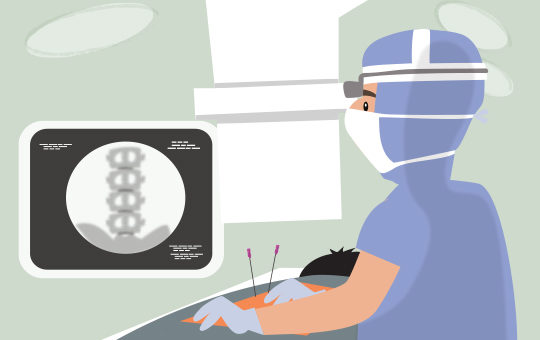

Tane has his follow up appointment with Dr Scott-Young to discuss the results of his discogram. Tane tells his surgeon that, when the discogram was performed, he experienced his usual back pain. He also reported the symptoms settled down again with medication.
This was a positive result from the discogram. Dr Scott-Young explained that based on his examination and the tests performed, his view was that L5-S1 was the level where Tane’s symptoms were coming from.
Tane and Dr Scott-Young discuss his treatment options.
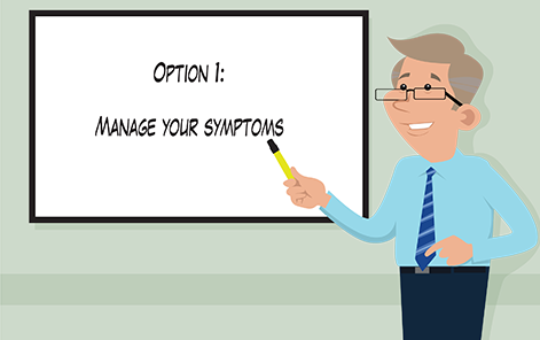
Tane’s first option is to continue with non-operative care. He can focus on his fitness, and avoiding those activities that aggravate his symptoms. Tane can manage his symptoms through medication, physiotherapy and other kinds of non-surgical care.
Dr Scott-Young advises that he does not believe this option will relieve Tane’s symptoms as they have persisted for more than three months, despite appropriate care.
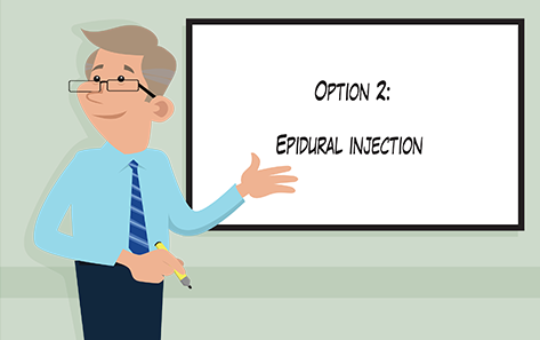
A second option is to have a steroid injection around the L5 and S1 nerves (an epidural injection). This could help his leg symptoms but would not treat his back pain.
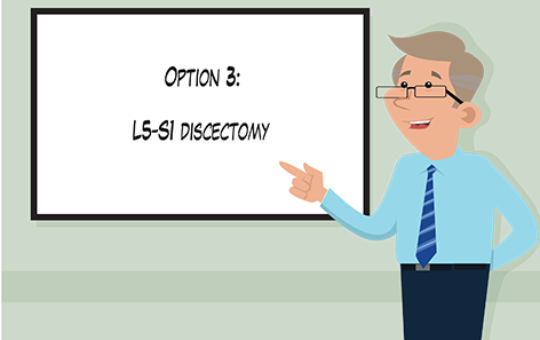
A third option is to undergo a simple surgical procedure in the form of an L5-S1 discectomy. Dr Scott-Young explains that the goal of such of procedure would be to remove the L5-S1 disc prolapse and release the pressure on the nerves. This procedure would assist in relieving Tane’s leg pain but would probably not help his back pain.
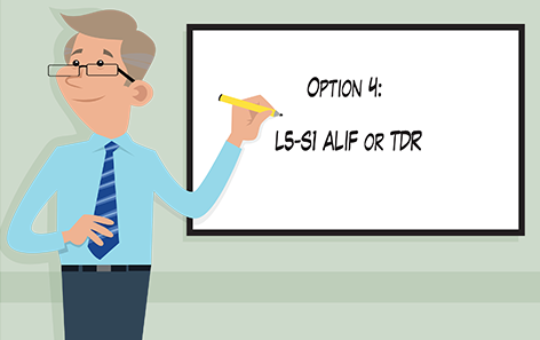
Dr Scott-Young explains that his recommendation would be a solution that would treat both Tane’s leg and back symptoms and have the goal of providing him a more long-term solution to his problem.
He explains that either an L5-S1 anterior lumbar interbody fusion (ALIF) or an L5-S1 total disc replacement (TDR) would be appropriate for his condition. Dr Scott-Young discusses the two procedures with Tane and outlines the benefits of each procedure as well as the risks associated with undergoing the surgery.
Tane says that he would like to have the surgery as he wants to go back to work as a builder and is worried he will lose his job. He tells Dr Scott-Young that he would prefer to have the L5-S1 TDR surgery. At the end of the appointment, Tane is given an information pack, detailing the L5-S1 TDR surgery.
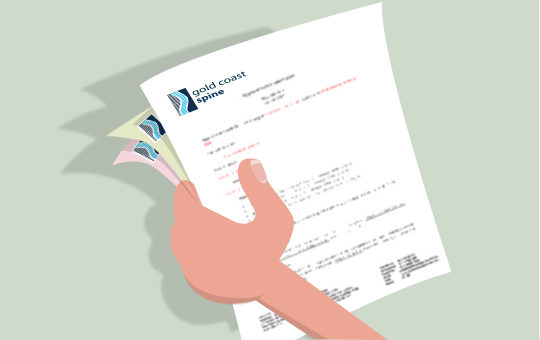
Tane has a further appointment where he discusses going ahead with the procedure with Dr Scott-Young. He brings a list of questions he has about the surgery and his return to work. Dr Scott-Young answers his questions and completes a detailed consent form with Tane.
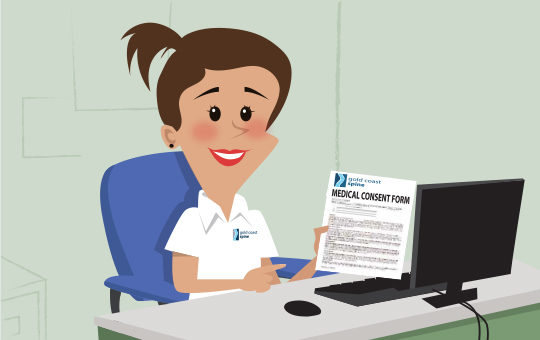
After his appointment with his surgeon, Tane is assisted by our Surgical Co-ordinators to book a surgery date and make the arrangements for his admission to hospital.
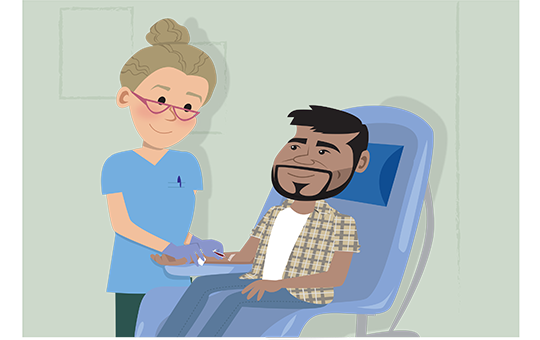
Before his surgery, Tane attends the hospital’s pre-admission clinic and has some blood tests and radiology performed. The nurse at the clinic answers his questions about what to expect during his hospital stay.
Next, Tane attends a pre-admission appointment with Physio Next Door. They will also be looking after him in hospital and during his post-operative rehabilitation.
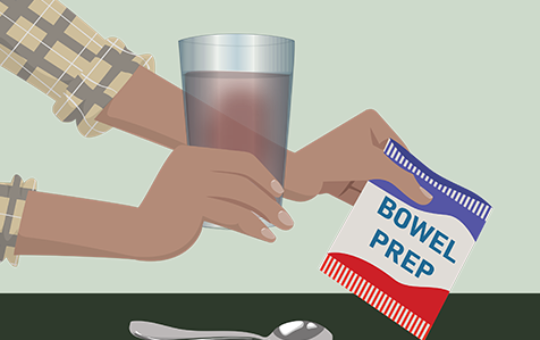
Prior to surgery, Tane clears his bowels with a bowel prep solution.

On the morning of his surgery, Tane arrives and is admitted to hospital.
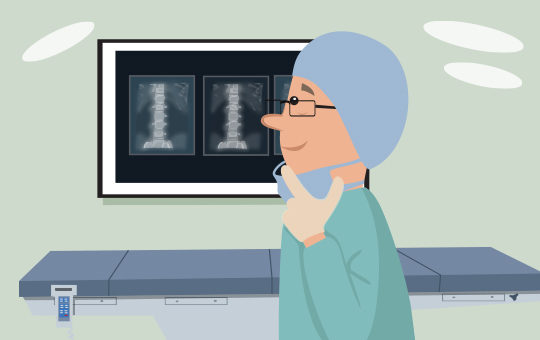
Dr Scott-Young performs the L5-S1 TDR procedure with his surgical team.

Tane recovers on the ward and begins his post-operative exercises under the supervision of Physio Next Door.
After being discharged from hospital, Tane attends Physio Next Door and begins his rehabilitation programme.

Two weeks after Tane leaves hospital, he attends his first post-operative appointment with Dr Scott-Young. He is pleased with how Tane is progressing so far and his wound is healing well. Tane reports that he is moving well and performing all the exercises his physiotherapist has given him.
Tane’s Return to Work Plan is also discussed and it is agreed that Tane will return to light duties six weeks after his surgery.
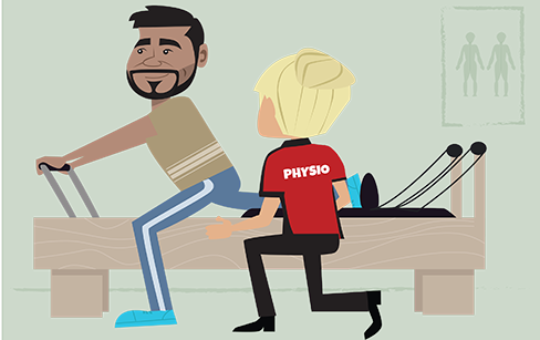
Tane continues his active recovery by following his physiotherapy program. He has also included a Pilates program. He also starts regular exercise at home.
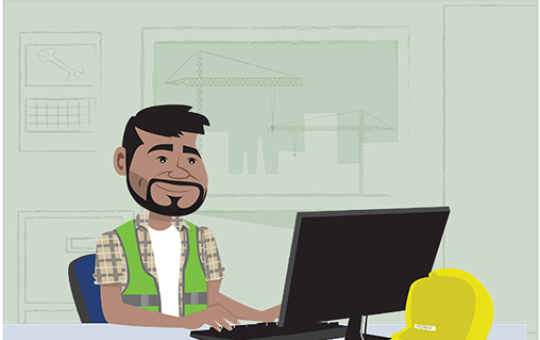
As planned, six weeks after his surgery, Tane returns to work on light duties with reduced hours.

Tane has another appointment with Dr Scott-Young three months after his surgery. He is keen to get back to full duties at work and discusses this with his surgeon.
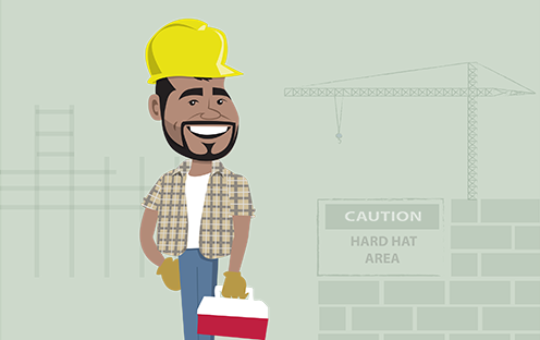
After his appointment, Tane is cleared to return to full time work with a few restrictions in place. The restrictions are removed in a gradual fashion over the next few weeks.

At his six-month post-operative appointment, Tane’s recent x-rays show his TDR implant is well positioned. He has a good range of motion with only a little discomfort. He reports that work is going well and he feels great.
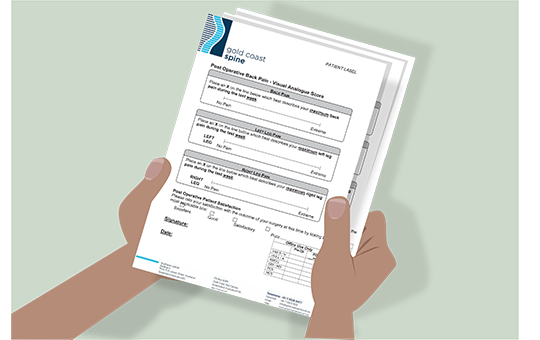
Tane is followed up by Gold Coast Spine one year after his surgery. Tane is asked to complete some questionnaires about the result of his surgery and reports he is doing great and back to playing touch football.